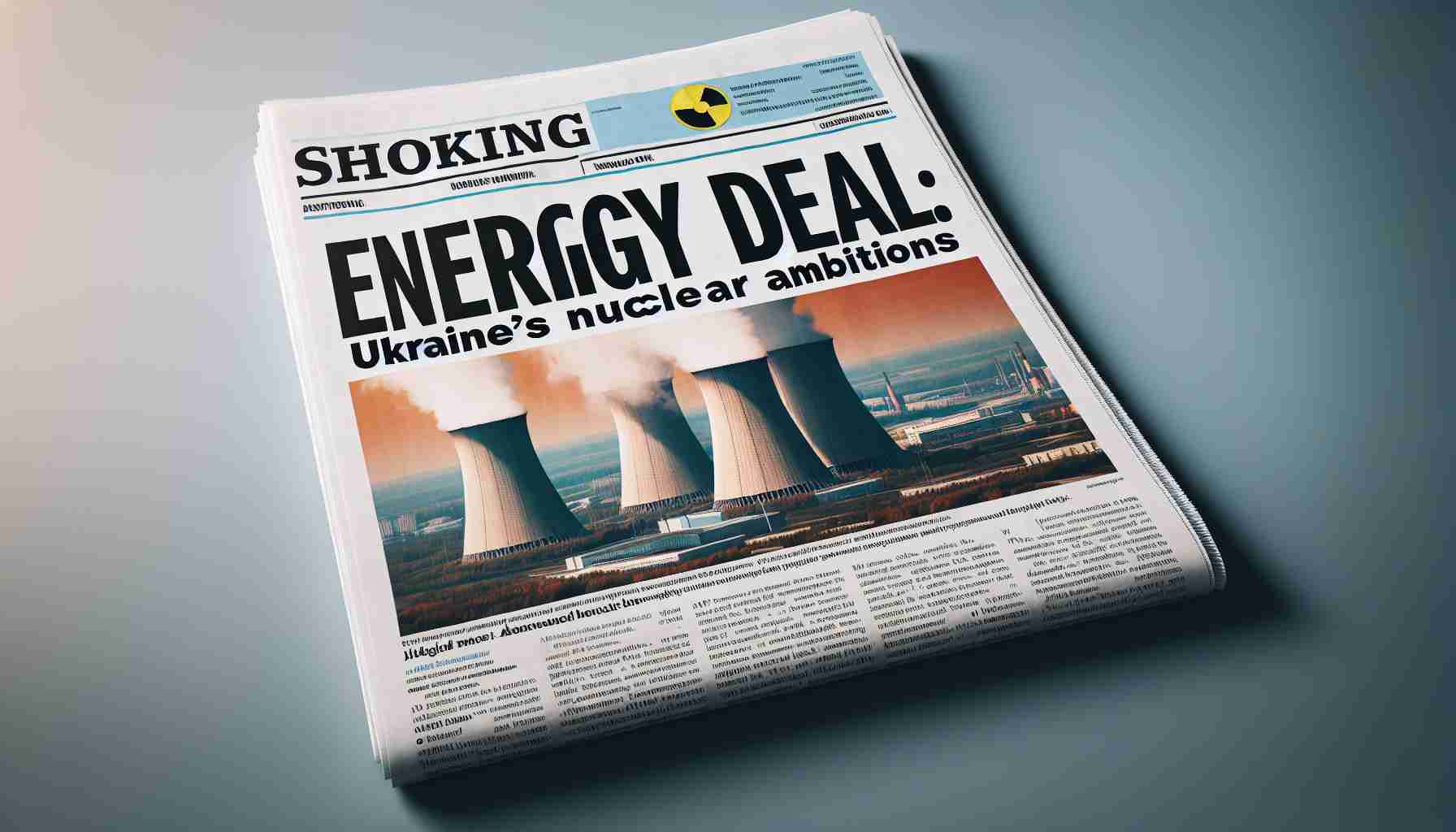Understanding the challenges of nuclear fusion is critical. Ed Miliband’s recent assertion that the UK is close to achieving “secure, clean, unlimited energy” through nuclear fusion, following a substantial government funding announcement of £410 million, raises eyebrows. While the funding is a positive step, experts highlight significant hurdles still in play before fusion energy becomes a reality.
The scientific community faces five main obstacles. First, they need to maintain a burning plasma for extended periods, ideally achieving a high-energy output ratio, known as Q, which indicates efficiency in energy production. The ambitious ITER project aims for only a Q of 10 for a mere 10 minutes.
Next, managing heat extraction from the plasma is crucial. The extreme temperatures created during fusion must be contained and regulated to avoid damaging the reactor’s structure.
Additionally, producing enough tritium, a key fuel for fusion, poses a challenge. Currently, tritium is not abundantly found in nature, necessitating in-lab production.
Material resilience against neutron exposure is vital as well. The structural integrity of reactor components must withstand intense radiation without becoming overly radioactive or deteriorating.
Lastly, reliable remote maintenance operations are necessary. To minimize downtime and ensure the reactor’s efficiency, robust systems for maintaining and repairing the reactor must be developed.
Continued research is vital. While the potential benefits of nuclear fusion promise a revolutionary energy source, a grounding in reality is essential to maintain credibility within the scientific community.
The Implications of Nuclear Fusion Development
The ambitious pursuit of nuclear fusion extends far beyond the laboratory, promising profound repercussions for society, culture, and the global economy. Achieving viable fusion energy could redefine our relationship with power generation, potentially shifting the paradigm from fossil fuels towards a sustainable energy future. This transition could lead to lower energy costs and greater energy independence, particularly for nations heavily reliant on imported oil. As nations prioritize green technologies, the development of fusion could ignite a new era of economic growth, driven by innovation in energy technology and infrastructure.
Moreover, the environmental implications of successful nuclear fusion are substantial. Unlike fossil fuel energy sources, fusion produces minimal greenhouse gas emissions and leaves low-level radioactive waste, offering a pathway to combating climate change while addressing energy needs. If the challenges of plasma containment, heat extraction, and material resilience can be overcome, fusion could provide an unprecedented energy source that meets global demands sustainably for generations, thereby significantly reducing our carbon footprint.
Looking to the future, developments in fusion research could lead to long-term investments in clean technologies, influencing international policies and energy cooperation. Countries at the forefront of fusion research may well lead in global energy markets, redefining geopolitical dynamics and fostering greater collaboration in tackling shared energy challenges. The road to fusion is daunting, yet the implications of overcoming these scientific barriers could resonate through every aspect of life on Earth.
The Path to Unlimited Energy: Overcoming Nuclear Fusion Challenges
Understanding the Hurdles of Nuclear Fusion
Nuclear fusion has long been heralded as the holy grail of energy production—offering the promise of limitless, clean energy. Recent discussions, particularly those sparked by Ed Miliband’s comments regarding the UK’s pledge of £410 million for fusion research, have reignited interest in this field. However, experts highlight that substantial challenges remain on the road to realization.
Key Challenges Facing Nuclear Fusion Research
# 1. Maintaining a Stable Burning Plasma
A significant obstacle in nuclear fusion is achieving and maintaining a burning plasma for extended periods. This involves reaching a high-energy output ratio (Q) that effectively measures energy production efficiency. Current projects like the ITER (International Thermonuclear Experimental Reactor) aim for a Q of 10, yet only for a brief span of 10 minutes. Achieving stability and efficiency over longer durations remains a top priority in fusion research.
# 2. Heat Extraction and Regulation
Another challenge involves heat management. The intense temperatures generated during fusion reactions must be efficiently contained and extracted to prevent damage to reactor materials. Effective heat extraction systems will be crucial in ensuring that reactors operate without catastrophic failures.
# 3. Tritium Production
Tritium, a rare and essential fuel for fusion reactions, poses a unique production challenge. Unlike deuterium, which is relatively abundant, tritium does not naturally occur in quantities sufficient for large-scale energy production. Consequently, developing in-lab production methods for tritium is necessary for sustainable fusion processes.
# 4. Material Resilience
The materials used in fusion reactors must withstand extreme neutron exposure without degradation. This resilience is critical for maintaining the structural integrity of reactor components. Ongoing research is focused on developing new materials that can endure the harsh conditions inside fusion reactors.
# 5. Remote Maintenance Operations
To ensure operational efficiency, robust systems for remote maintenance of fusion reactors must be developed. This includes innovative robotic technologies capable of performing complex repairs without requiring significant reactor downtime.
The Importance of Ongoing Research
Despite these formidable challenges, the potential of nuclear fusion as a clean energy source is enticing. Continued investment and research are essential to addressing these hurdles and maintaining the credibility of fusion science within the broader scientific community.
Pros and Cons of Nuclear Fusion
# Pros:
– Abundant Fuel Supply: Fusion uses isotopes of hydrogen, which can be extracted from water, providing a virtually limitless fuel source.
– Minimal Nuclear Waste: Fusion produces significantly less radioactive waste compared to fission reactions.
– Low Greenhouse Gas Emissions: Once operational, fusion plants will contribute little to climate change.
# Cons:
– High Initial Costs: The development of fusion technology requires significant financial investment.
– Technical Challenges: As outlined, maintaining a stable reaction and suitable materials remains difficult.
– Long Development Timeline: Achieving commercial viability is still decades away.
Emerging Trends in Fusion Energy
As the fusion research landscape evolves, several trends are becoming apparent:
– Global Collaboration: Projects like ITER are fostering international cooperation, pooling resources and expertise from around the world.
– Private Sector Initiatives: An increasing number of private companies are investing in fusion technology, potentially accelerating development timelines.
– Innovations in Materials Science: Advances in material resilience and fabrication techniques are paving the way for improved reactor designs.
Conclusion
The promise of nuclear fusion as a secure, clean, and virtually unlimited energy source is both exciting and daunting. While progress is being made, the scientific community must remain vigilant in addressing the numerous challenges ahead. Continuous innovation and investment will be essential for transforming the dream of nuclear fusion into a practical energy solution.
For more information on nuclear fusion and the future of clean energy, visit IAEA.
The source of the article is from the blog coletivometranca.com.br


